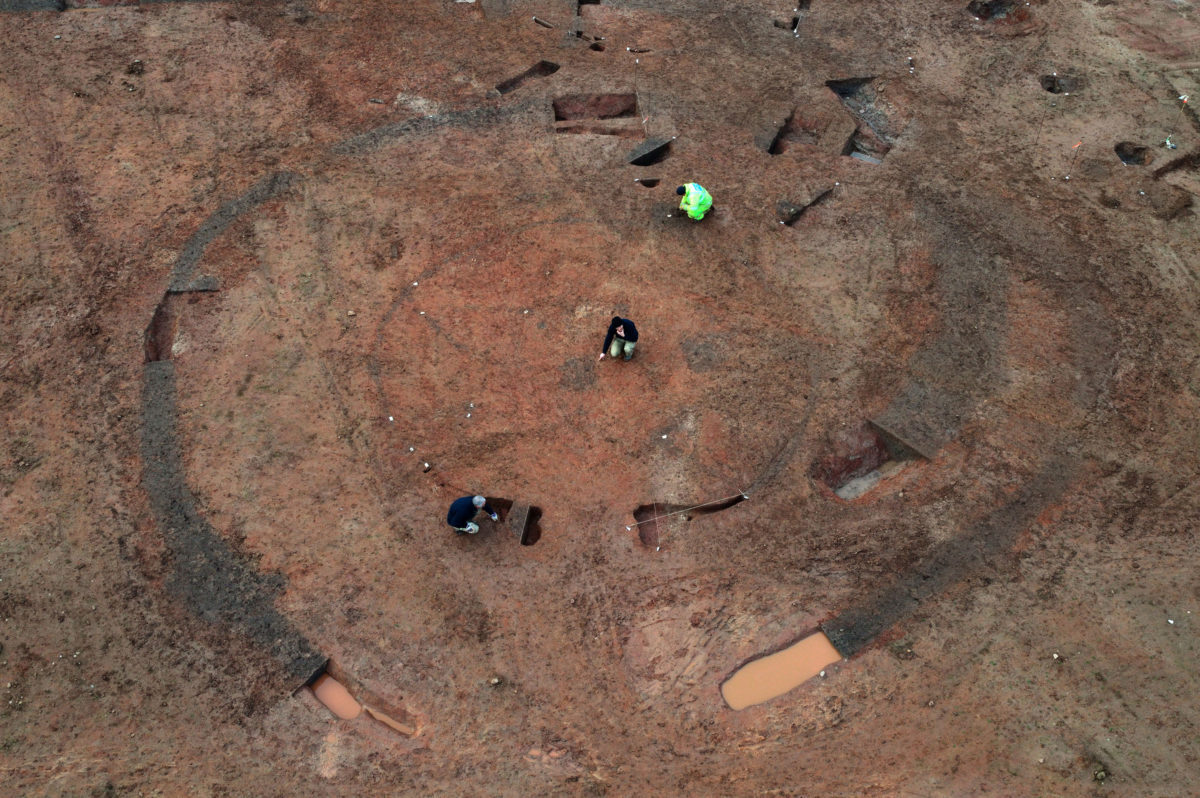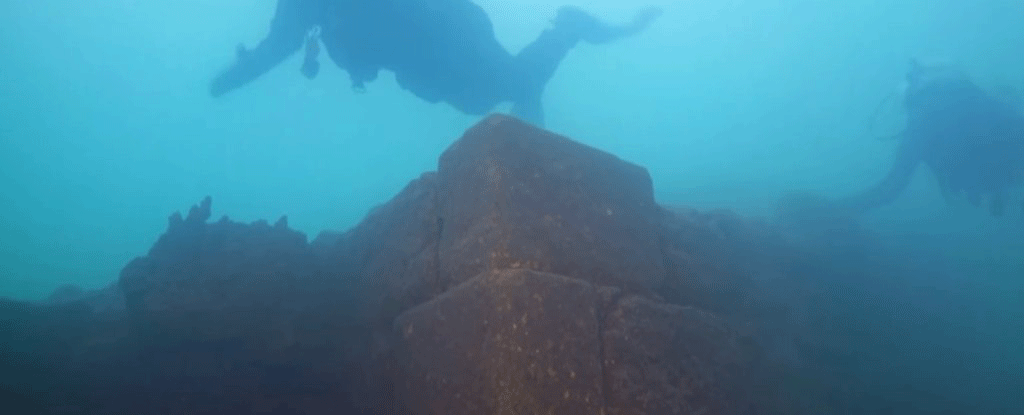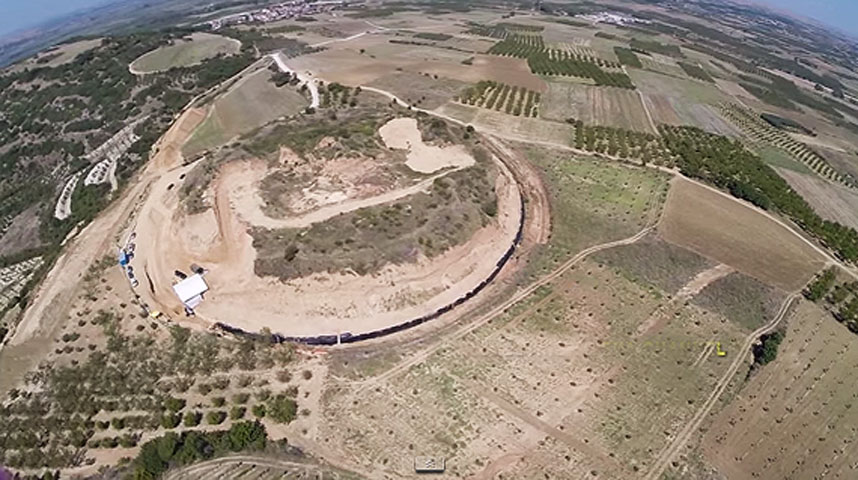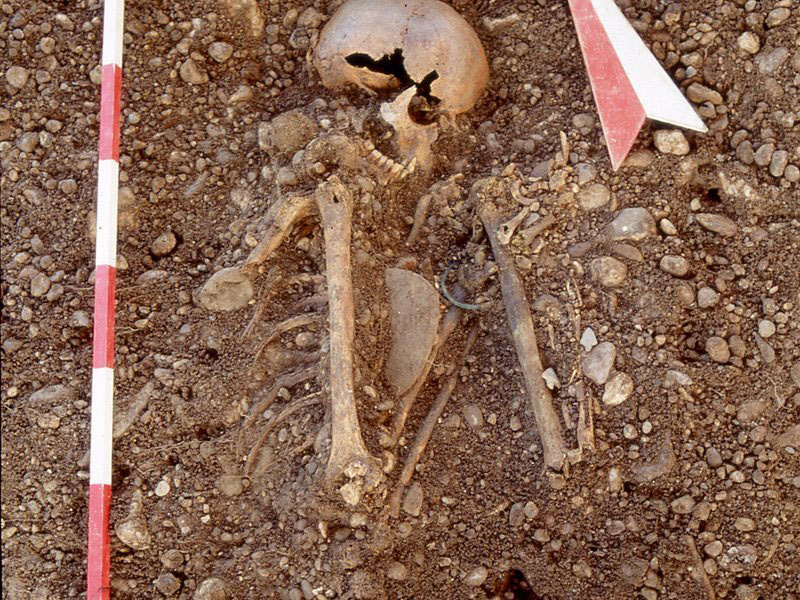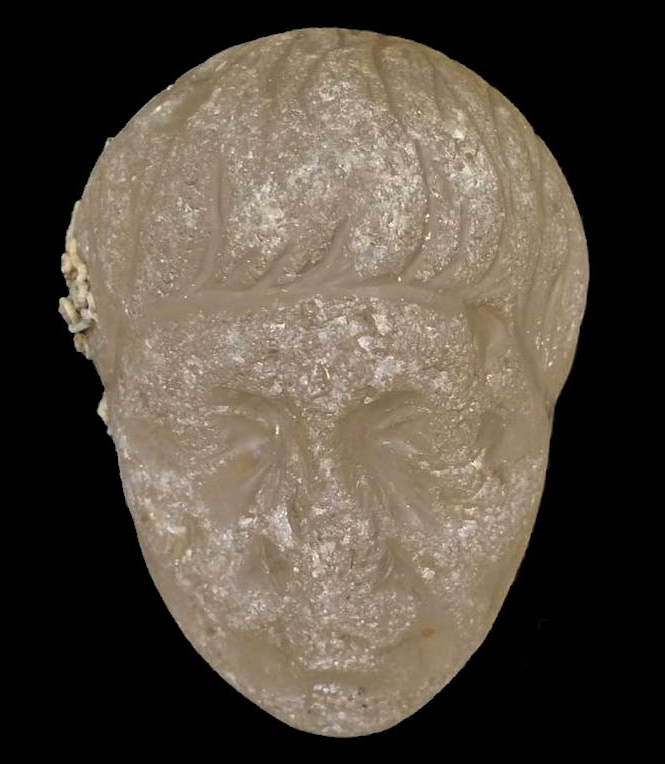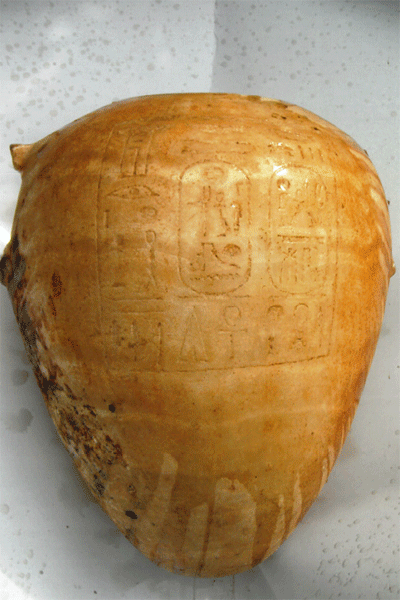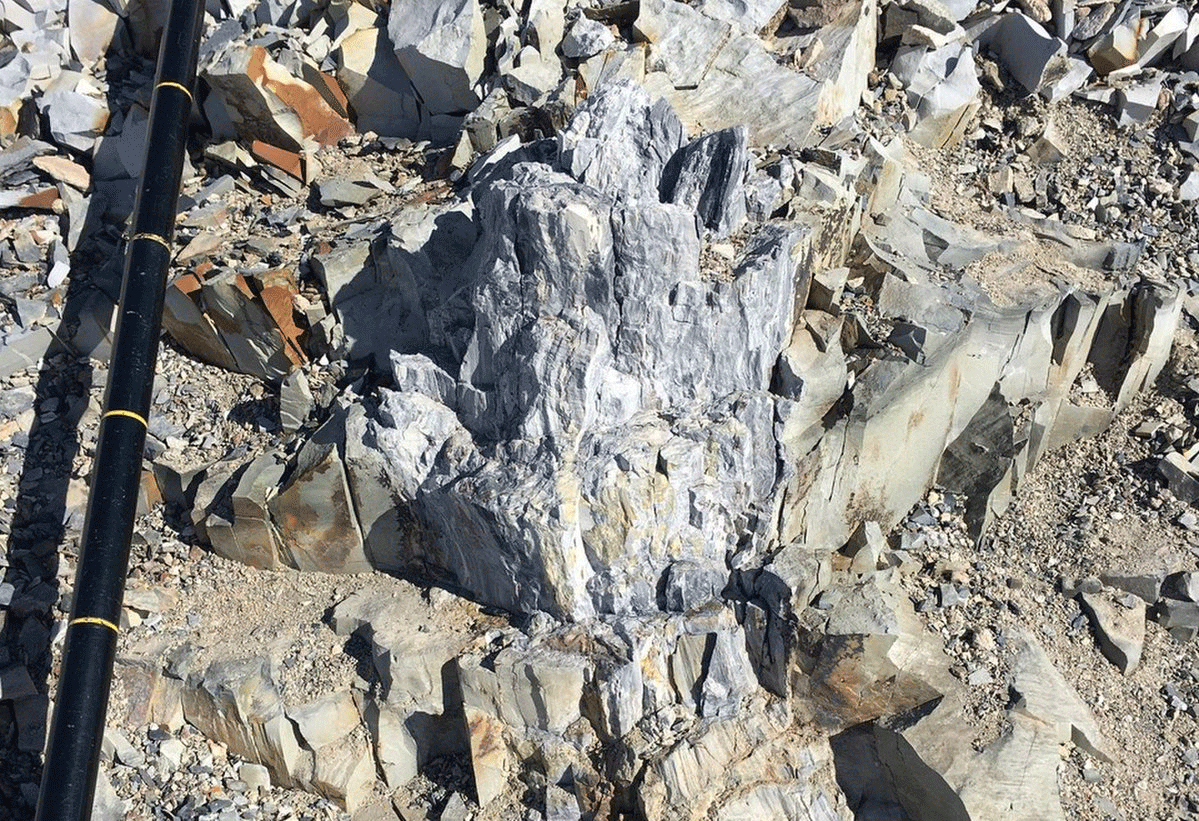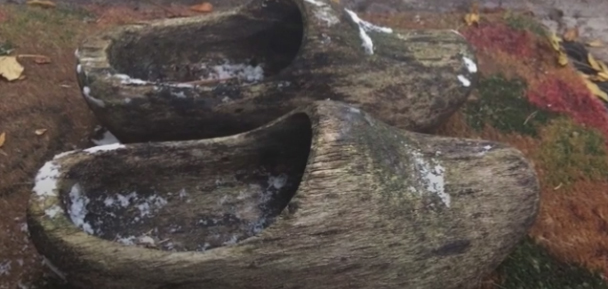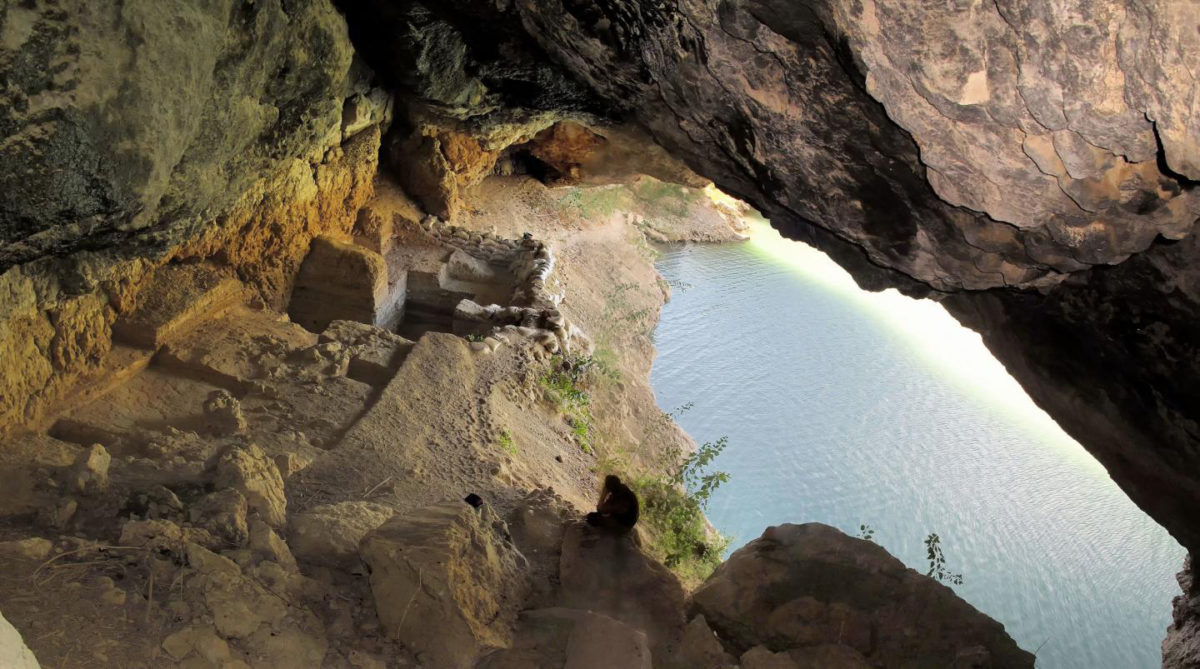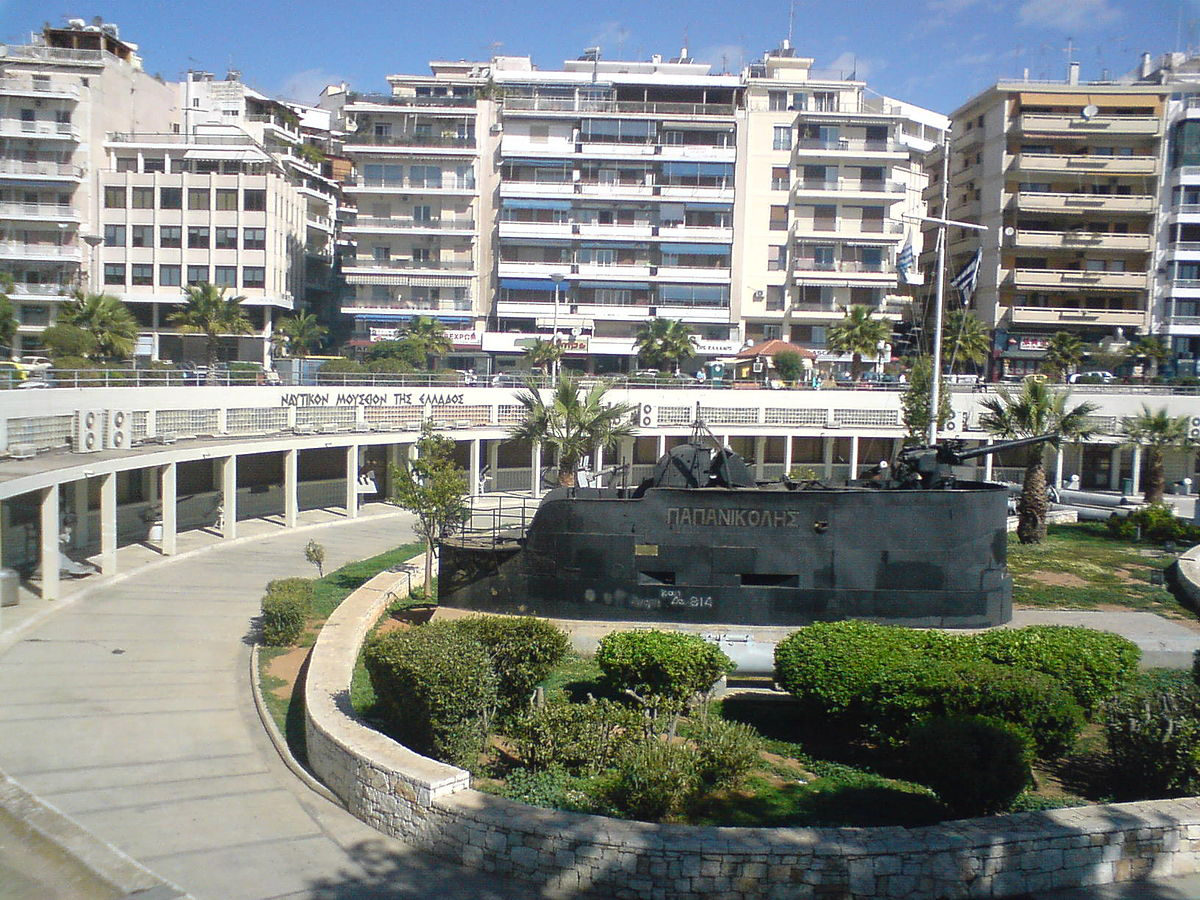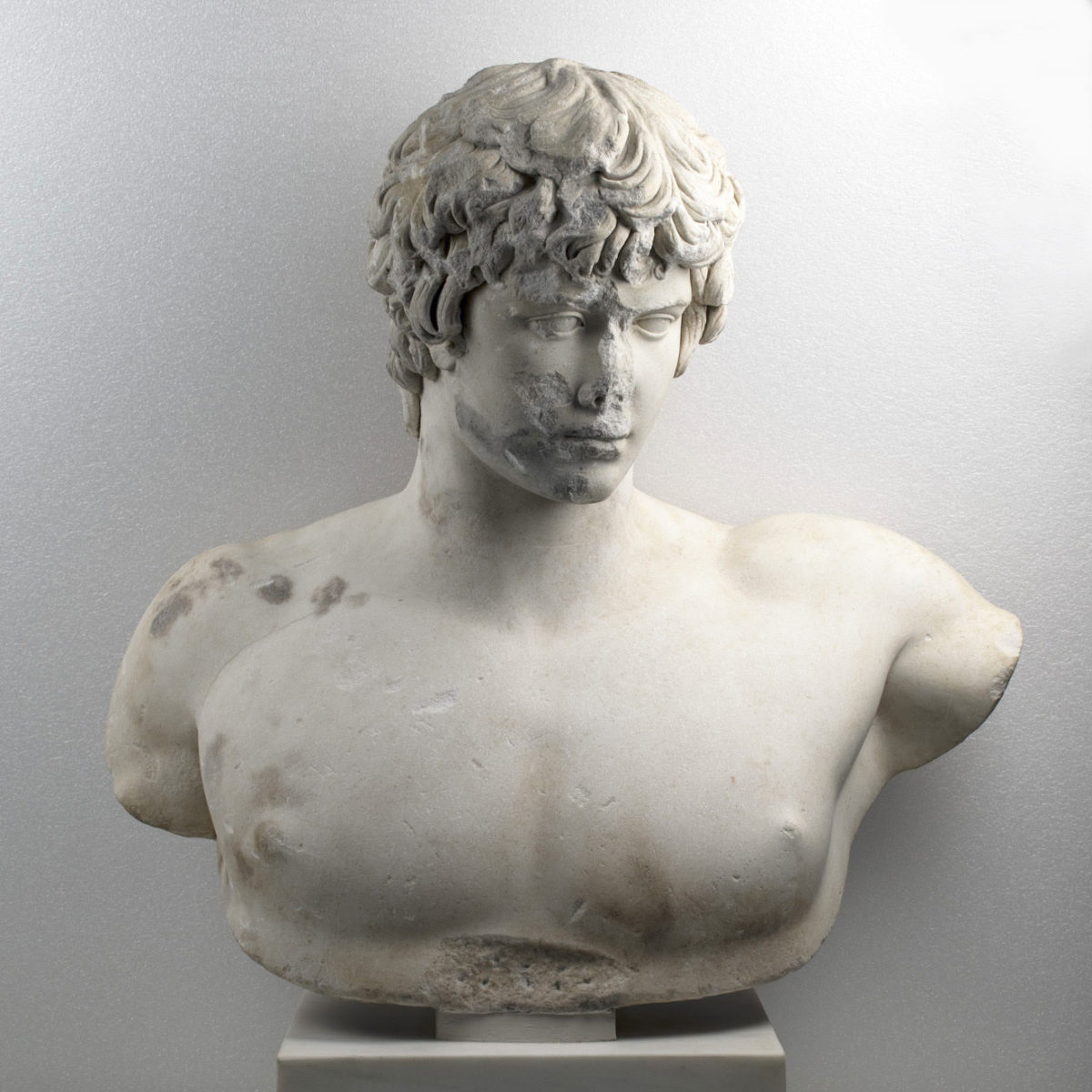Mixing the ancient and the new – preserving rock art at the touch of a button
Some of the world’s most ancient art could be protected with a new app designed by Newcastle University heritage and software experts.
Unique collection of metal artefacts from Iron Age settlement sheds new light on prehistoric feasting rituals
A unique collection of Iron Age metal artefacts which sheds new light on feasting rituals among prehistoric communities has been discovered by archaeologists from the University of Leicester during an excavation at Glenfield Park, Leicestershire.
Huge castle discovered at the bottom of Lake Van
A team of archaeologists and divers exploring Lake Van in Turkey found an immense castle preserved underwater dating back about 3,000 years.
L. Koniordou: In three years time the Kasta tomb monument will become accessible to the public
The Central Archaeological Council (CAC) is expected shortly to approve a study for the restoration of the monument’s sculptural decoration.
Plague likely a Stone Age arrival to central Europe
The plague-causing bacterium Yersinia pestis may have first come to Europe with the large-scale migration of steppe nomads in the Stone Age, millennia before the first known historical epidemics.
A gold leaf from Napoleon’s crown sold for 625,000 Euros
To date, the exquisitely crafted leaf with its embossed veins had been kept by the descendants of the goldsmith who had made it.
Archaeologists discover three Roman shipwrecks
Archaeologists in Egypt have announced the discovery of three underwater shipwrecks that date from the Roman Era in Abu Qir Bay, Alexandria.
An international group of scientists reveals the mystery about the origin of gold
An international group of scientists, with the participation of the University of Granada (UGR), has shed new light on the origin of gold, one of the most intriguing mysteries for Mankind since ancient times and which even today doesn’t have an answer that convinces the scientific community.
3D reconstruction of Denmark’s Viking king yields new information
The bones from a famous Viking king have been reconstructed and printed in 3D revealing a lump on his neck.
Ancient barley took high road to China
First domesticated 10,000 years ago in the Fertile Crescent of the Middle East, wheat and barley took vastly different routes to China.
Cycladic snapshots of the monuments and their people
The archaeological exhibition “Cycladic snapshots of the monuments and their people” is opening at the Byzantine and Christian Museum today, November 22, 2017 at 20.00.
Stolen artefacts to be returned to Egypt
A collection of artefacts stolen and smuggled out of Egypt are to be returned by Cyprus.
Chopin’s heart examined to identify cause of death
Researchers examining the pickled heart of Frederic Chopin think the famous composer died from complications of tuberculosis.
Professor publishes archaeological research on social inequality
The origins of social inequality might lie in the remnants of ancient Eurasia's agricultural societies, according to an article recently published in the major science journal Nature.
Repatriation of 26 ancient artifacts from Austria
Identification of the antiquities was made possible thanks to Graz University having recently recorded and documented antiquities associated with Nazi activities during the Second World War.
Fossil forest fragments have been found in Antarctica
Geologists exploring Antarctica have discovered fragments of fossil forest fragments over 260 million years old.
Part of a lost Magritte painting found under another of his works
The surrealist had destroyed the painting, cut it into sections and between 1935 and 1936 had painted the work “God is not a saint” on the last one.
A sub-desert savanna spread across Madrid 14 million years ago
In this study paleontologists have been able to infer that the centre of the Iberian Peninsula witnessed a very arid tropical climate with a high precipitation seasonality.
‘Wooden shoe’ rather wear sneakers?
Western University research shows long-lasting issues from inflexible clogs.
Human evolution was uneven and punctuated
A new study in Heliyon suggests that Neanderthals survived at least 3,000 years longer in Spain than we thought.
Australia’s oldest ancestor to be reburied on local ground
In a special ceremony in Canberra, the remains of Mungo Man, the first known Australian, have set off to a repatriation journey to Lake Mungo.
Study settles prehistoric puzzle, confirms modern link of carbon dioxide & global warming
Fossil leaves from Africa have resolved a prehistoric climate puzzle — and also confirm the link between carbon dioxide in the atmosphere and global warming.
Hidden Cultural Heritage
The International Congress on the theme of the Hidden Cultural Heritage (HCH) wants to draw attention on the protection strategies and management of the underwater cultural heritage in the Mediterranean sea.
Hadrian and Antinous: a meeting after 19 centuries
An exhibition of the inscribed base of a monument in honour of the emperor Hadrian and an outstanding portrait of Antinous, his attendant and favourite.

